Mardi Himal (5,587m),first summited in 1961 lies on the lap of Mt. Machhapuchhre (Fishtail). The trek to Mardi Himal was not so popular a few decades ago. With the special effort of locals Mardi Himal Trek was opened to travelers from all over the world in 2012 A.D. This trekking is located at North of Pokhara valley in the Annapurna Region and has close up views of Annapurna South (7,219m), Hiuchuli (6,440m), Annapurna I (8,091m), Gangapurna (7,455), Annapurna III (7,555m) and Fishtail (6,993m).
Mardi Himal Trek also offers you to witness wide variation in vegetation as we trek from 900 meters to all the way up to 4,500 meters. As we continue further towards Base Camp the dense Oak and Rhododendron forest turn into short grasslands meadows. In a short span of time travelers have the opportunity to witness different landscapes of Annapurna in Mardi Trek.
Likewise, walking in the Rhododendron forest in the spring season while it blossoms is a moment that will be remembered for a long time. Anybody who treks to Mardi Himal Base Camp during spring will automatically fall in love with this region or Nepal in general. Along with splendid Himalayan views you will be treated to great hospitality of the Gurung community.
Adventure Treks Nepal has planned a 14 Days Mardi Himal Base Camp Trekking package with an aim to introduce you to rich cultural and traditional historical monuments along with the tallest mountain range in the world, the Himalayas. Our itinerary will provide you plenty of time to acclimatize and enjoy the local culture. The itinerary prepared by our expert team members is suitable for people of all ages and physical fitness.
Mardi Himal trek Highlights
- Picturesque drive along Trishuli and Marshyangdi River to Pokhara.
- Outstanding Himalayan scenery including Annapurna South, Annapurna I, Gangapurna, Annapurna III, Machhapuchre (Fishtail) and Lamjung Himal during trekking.
- Explore local villages and interact with friendly locals.
- Catch some of the best sunrise and sunset in the Annapurna Region.
- Variation in Flora and Fauna
- Sightseeing around World Heritage sites in Kathmandu
- Mountain flight to Kathmandu
Join Mardi Himal Trekking
To join Adventure Treks Nepal for Mardi Himal Base Camp Trek you may send us an inquiry and let our experts design the best possible holiday for you. We are very flexible regarding the dates and if you have your groups of friends or family we can operate the trip according to your desired date. Join our team who have been serving in the Himalayas of Nepal since 1991.
Mardi Himal Base Camp Trek throughout the Year
Spring Season (March to May)
This is one of the best times of the year for anyone to trek in the Mardi Himal region or in Nepal generally. In spring, Rhododendrons are on their prime display turning the forest Red, Pink and White. The mountains are also visible which provide magnificent sunrise and sunsets. In Mardi Himal Trekking spring generally means you have Rhododendron forests for a few days and giants of Himalayas on the upper section with clear blue sky.
Summer Season (June to August)
Best thing about trekking in the summer season is the blooming wild flowers and greenery around the region. With monsoon the grass turns greener and with clouds wandering around the hide and seek with Annapurna Range becomes more fascinating.
But, you might have to deal with leeches on the trail up to 2,800 meters and frequent rainfall might cause extra problems during your hike. But if you decide to trek during summer you may not see many travelers making it an "off the beaten"
Autumn Season (September to November)
With many travelers on the route, autumn is another best season to trek in Mardi Himal. The beginning and last section of the trek has a unique terraced rice fields view with the Himalayas in the background. If you plan to trek during this period you may also get the opportunity to celebrate two of the biggest festivals of Nepal.
Moreover, with an extraordinary view, good weather, less wind and chance to experience local festivals this season is preferred by everyone.
Winter Season (December to February)
Mardi Himal Route turns into a winter wonderland. There is generally snow on the trail above high camp (3,555 m). The mountains are covered with snow which creates a wonderful sight for trekkers during the winter season. You have to face cold nights and below freezing temperatures if you desire to trek during this season.
Nevertheless, Mardi Himal Trek during winter is suitable for people who want to add up the challenge. All those cold nights and snowy trails will be compensated by a wonderful view of Annapurna Region.
Benefits of Mardi Himal Base Camp Trek with Adventure Treks Nepal
- Operating treks in Mardi Region since the trail opened in 2012.
- Leading Travel agency with 100 % customer satisfaction.
- More than 33 years' experience of organizing trekking in the Himalayas.
- Government licensed guides with expert knowledge.
- Trip Advisor traveler's Choice award winner.
- Easy Booking Procedure.
- Attention to Detail.
Mardi Himal Base Camp 14 Days Trek Preparation
The trail to Mardi Himal is not amongst the toughest trails in the Himalayas, so you may not require to be in the best physical shape. However, we always suggest all our clients to get involved in Physical training to perform better during your hiking. All of the trekkers should be physically and mentally stable before trekking to Mardi Himal.
If everyone trekking to this region prepares for a month before trek you will easily be able to complete the trek without any difficulties. Expect a lot of uphill with stairs and walking in such terrain for more than 30 minutes in some sections. The return back is not easy too as continuous steep downhill will certainly be pain in your knees and toes. Bring a good quality trekking boot with good grip.



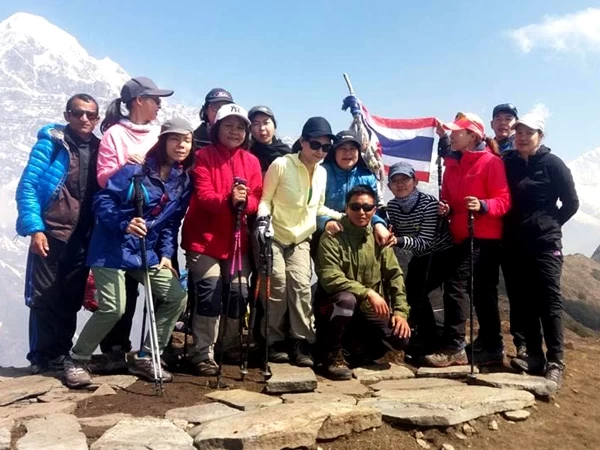
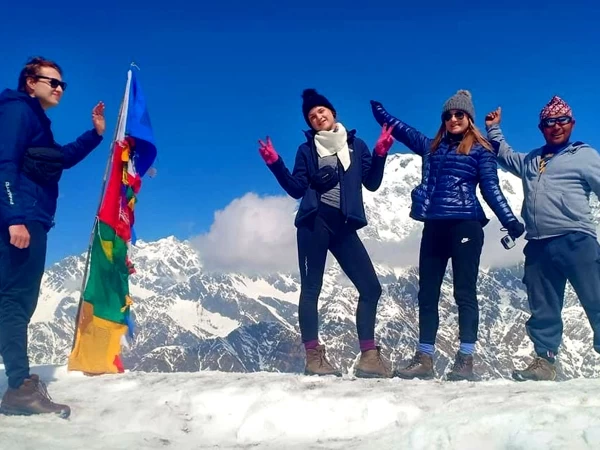
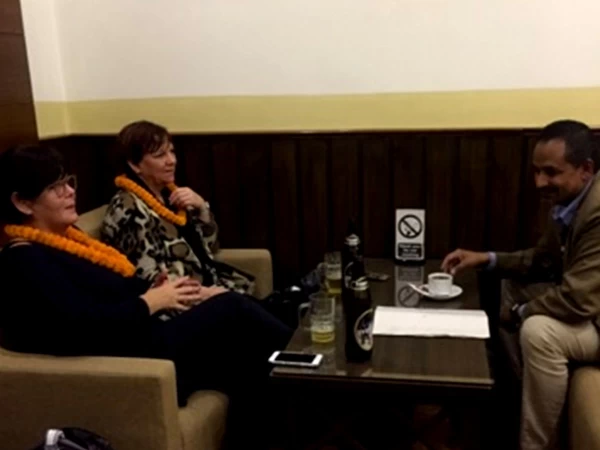
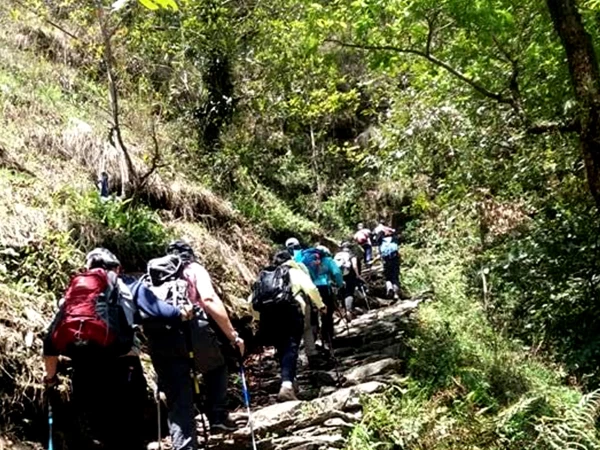
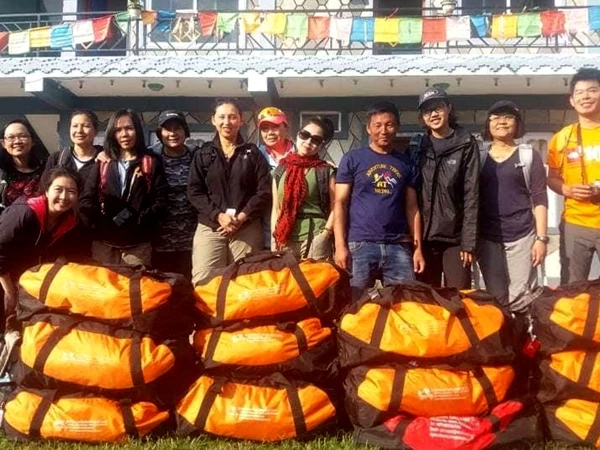
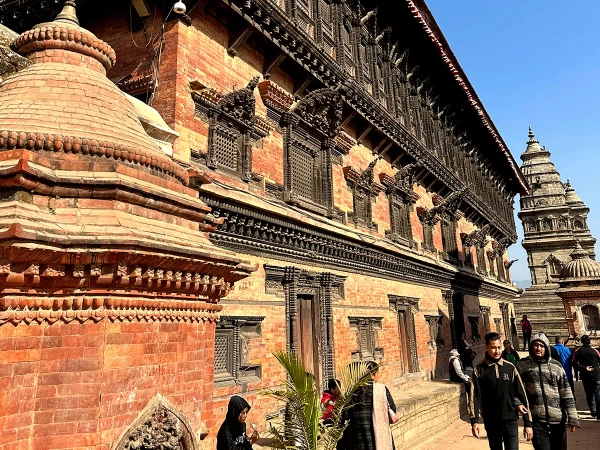
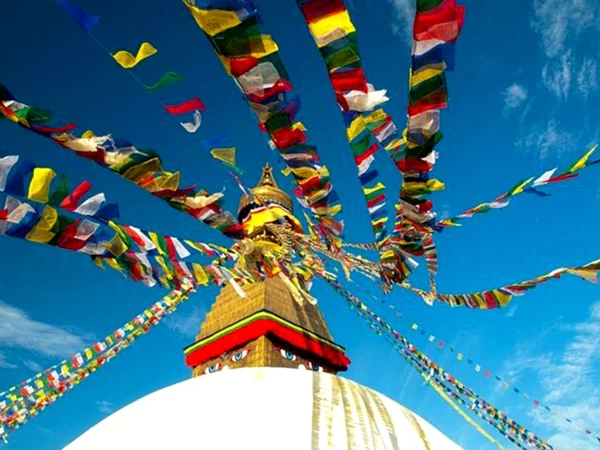
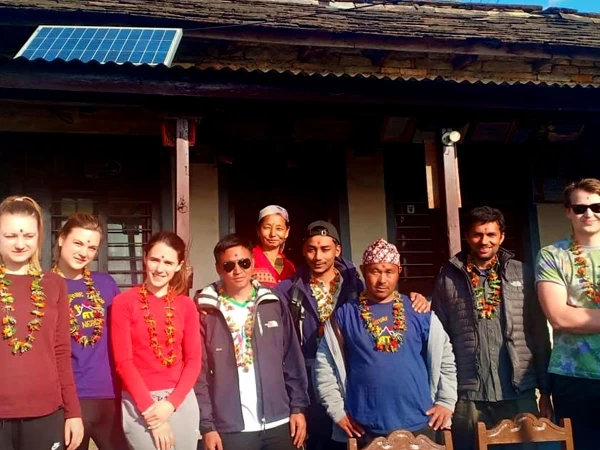
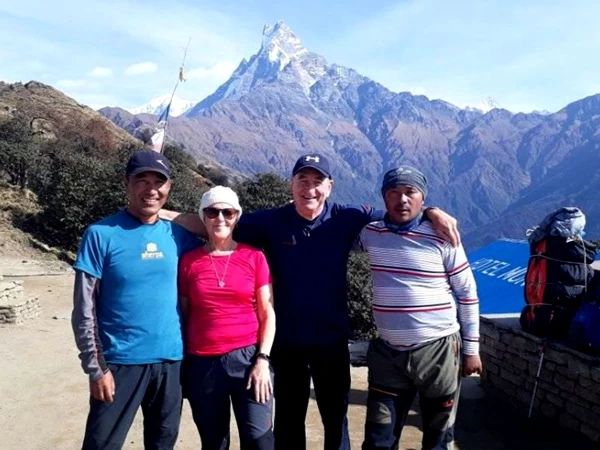
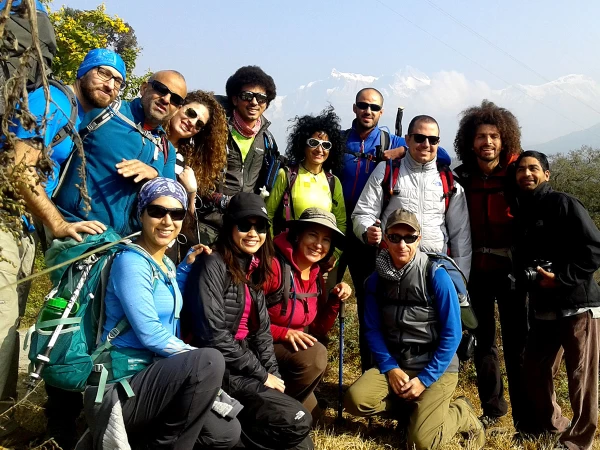
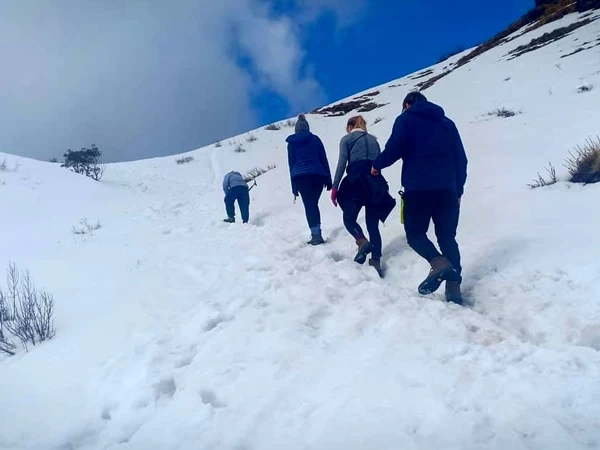
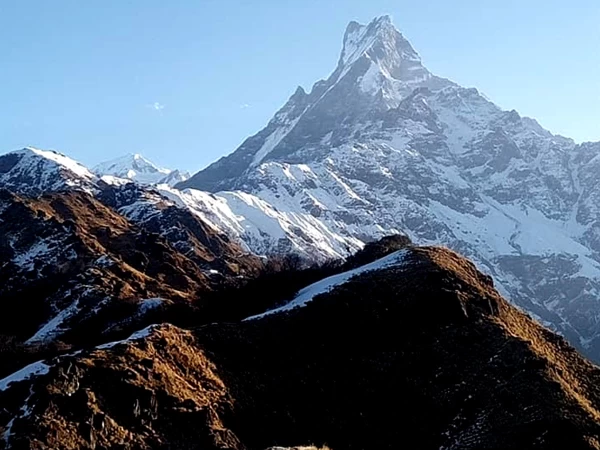


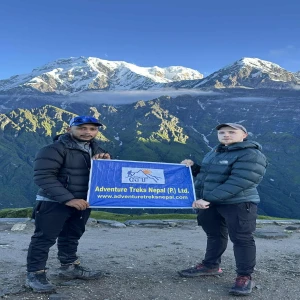


.jpeg)







